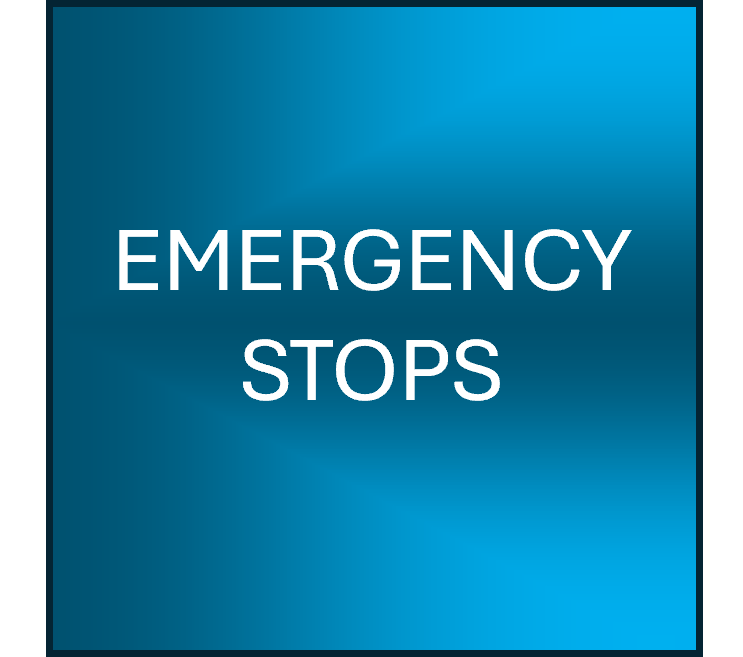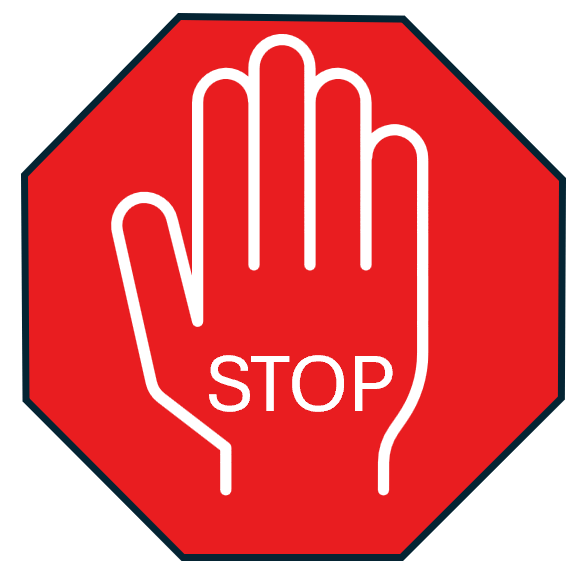
A driver should NEVER need to carry one of these out because of their actions!

A driver should NEVER need to carry one of these out because of their actions!

* A Distracted Driver
* Driving Too Fast
* Driving under the influence of Drink or Drugs
* A Vehicle Malfunction
* Someone else's vehicle Malfunctions
* An animal runs in the road
* A Pedestrian walks into the road without looking
* A vehicle Pulls out without looking
* Inclement weather, say wind, Blows something into the road, a tree, a wheelie bin etc
* Inclement weather, say Rain, you turn into a road to find it's flooded
* A country road that you are unfamiliar with and although you are going slow the oncoming vehicle comes around the corner on the wrong side of the road.
* Someone opens their parked car door without checking it is safe to do so first.

For the driving test, one in three candidates will be asked to perform and emergency stop. The routine is as follows:-
1. The driving examiner will ask the pupil to find a safe place to pull in on the left.
2. The examiner will then explain that they would like the candidate to perform and emergency stop at some stage along the road that they are currently on. They will explain that when asked to drive on, that they drive on in a normal manner and at a point along that road the examiner will look over their should to check that the road behind is safe for an emergency stop to be carried out. The examiner will also express that the candidate does not pre-empt that the examiner will say stop immediately after looking over their shoulder, and that the look is just to check it is safe. They will also explain that they will raise their hand and say stop at the same time when they want the stop to be performed.
3.The examiner will then ask the pupil to move off.
4. A 360 sweep (POM) should be carried out before moving off and when safe to do so get driving, signalling if necessary.
5. If still safe once the examiner has carried out their shoulder check they will signal verbally and physically to STOP!
6. The candidate should bring the car to a controlled stop as quickly as they can.
7. Once stopped, the candidate should apply the parking brake, take the car out of gear, and then check the rear view mirror ( In real life the mirror check would be to see whether they need to brace themselves for a rear end impact).
8. Once all this has been done the examiner will say that they will not ask the candidate to do that again, and that they should drive on.
9. Again at this stage a 360 sweep (POM) should be carried out before moving off and when safe to do so drive on, giving a signal if necessary.